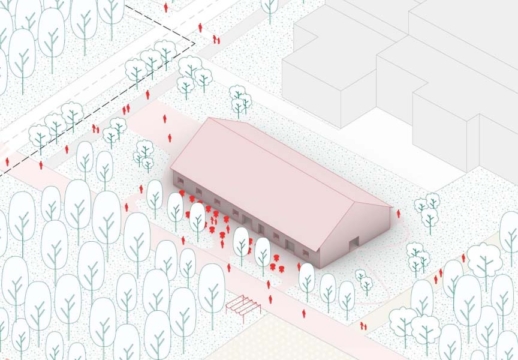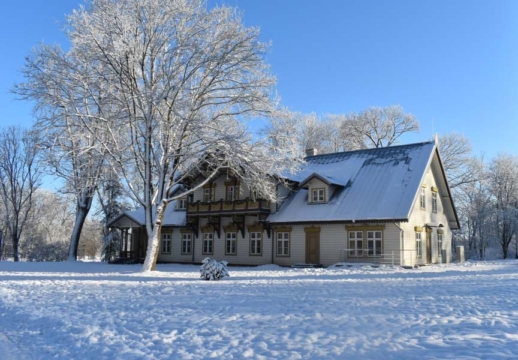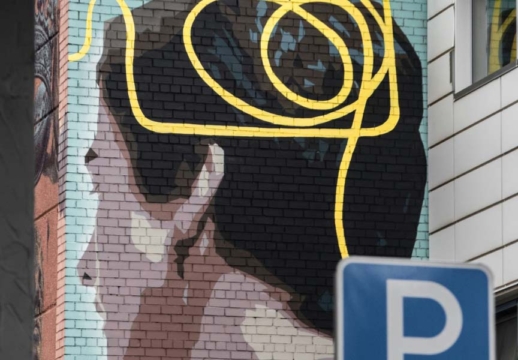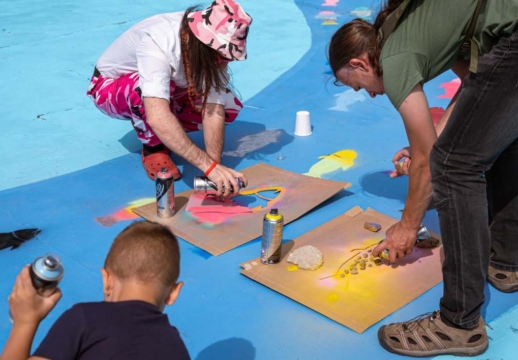The city is situated in a specific location. Similarly, the organization and the team occupy distinct places. However, what exactly defines this ‘place’?
Placemaking
This place functions as a network of various long-lasting phenomena, shaping both existing and new actions. It not only defines but also influences. Therefore, comprehending the essence of this place is crucial for city development, organizational growth, and team dynamics. But what happens when there’s a need to create, reshape, or transform a place?
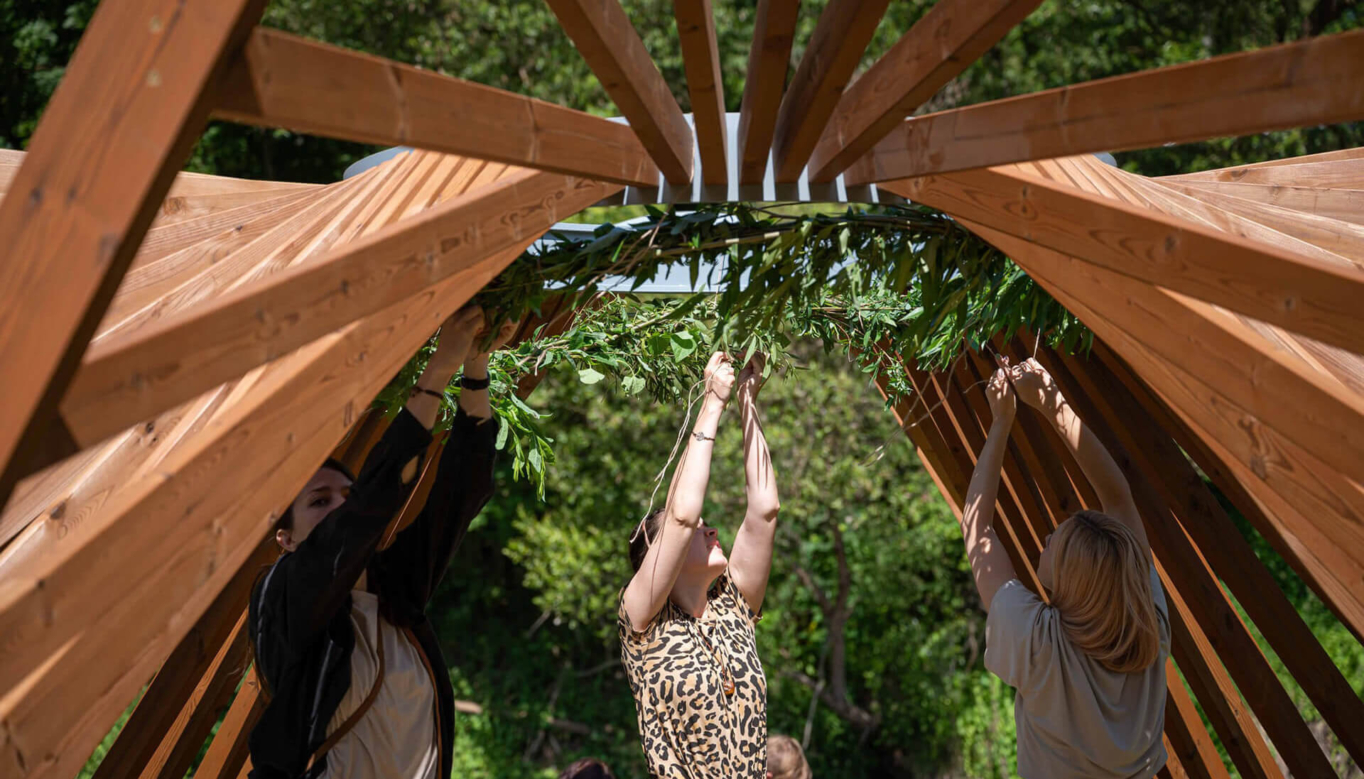
Enter placemaking, a practice that infuses livability into a territory and its infrastructure. Simply put, placemaking transforms a space into a place. How does it work?
The context of the place is deconstructed into economic, social, environmental, and cultural perspectives. This step is crucial for highlighting key elements for further research.
A stakeholder map is created to understand the people and communities influencing the place.
Engagement with the place and its stakeholders occurs, employing various methods from Art of Hosting to 4D mapping.
The sensemaking process is activated, revealing main insights.
Based on these insights, various short and long-term solutions are implemented.
Where is placemaking most effective? Placemaking excels when there’s a need to activate infrastructure, develop a specific city area, create a livable space, or transform an office building (or part of it). In essence, if the question is how to make a place more suited for these humans, placemaking provides the answer.
